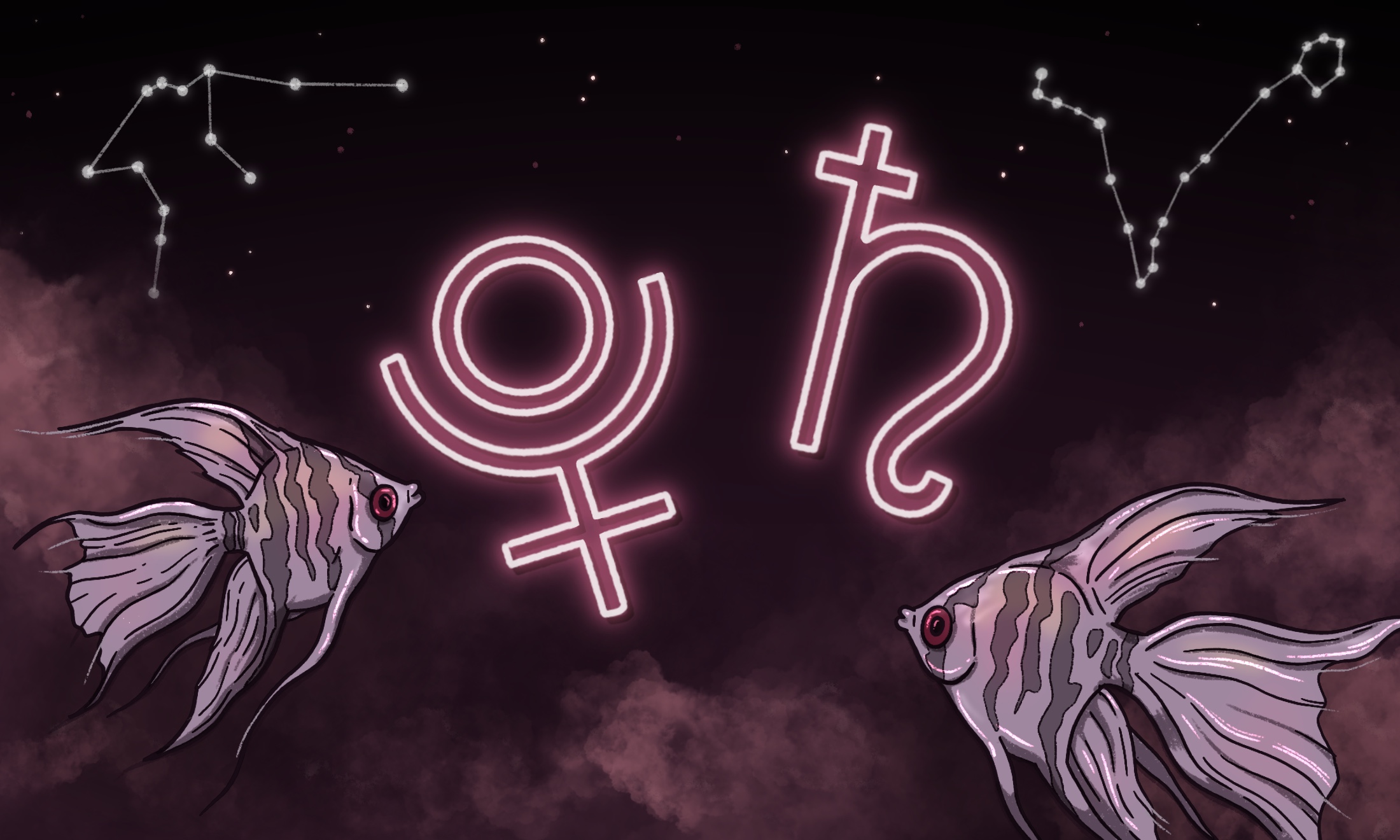
It was only when I started university that I realised my body had never really been my own. Looking around at all the wild haircuts, the unique outfits and the confidence in people voicing their opinions, I felt a pang of sadness that I had never been able to explore myself in the ways that these people had. The Hindi expression “log kya kayenge” (what will people think) had infected my life through its Punjabi equivalent “log ki kehenge”, spreading the venom across all parts of my body and mind. The suffocating paradigm that I had lived my entire life within came to light on my first day at university, as I felt so outside of myself. My body had become sacrificed to the “log” and for the first time, I felt its absence.
Hitting my teens meant that I had left childhood and had to become aware of the gender codes established by my extended Punjabi family. I was no longer the family’s ‘laadli’ (loved) child, but was, like the other women, both a symbol of my family’s values and a symbol of the ideal Punjabi wife. The expectation to look “presentable and ladylike”, with an emphasis on weight, light skin and body hair removal, was always drummed into me.
I always felt the eyes of the “log” drilling into me at family weddings and parties. They were validating me through how I looked and how I spoke: every move was judged and people were ready to scrutinise. I found myself losing confidence and self-esteem, and choosing to be seen and not heard because of the intense pressure of such an environment. Little did I know, I was allowing others to take control of a body that should have always been mine.
“‘Log ki kehenge’ created the foundations for the glass ceiling that I had created for myself. I was afraid to express who I truly was, and so let the views of the “log” do it for me”
Thinking back, the pain of “log ki kehenge” was felt in its silent work and resulting desensitisation. Outside of the wedding and party sphere, I would compare myself to everybody around me and overthinking the image that I portrayed to others. In school, my mind was often buzzing with ideas and opinions, but I chose to repress myself, fearing the judging of my peers and my teachers. “Log ki kehenge” created the foundations for the glass ceiling that I had created for myself. I was afraid to express who I truly was, and so let the views of the “log” do it for me.
The frustrating thing about “log ki kehenge” is how its cyclicality has initiated its progression through generations, because the strength of the family unit and its lineage begs to be emphasised. There is a strong desire to look mighty and powerful through political correctness and convention, only to continue to be judged and fall into the trap of self-scrutinising and repressing one’s true self even further. Attending university introduced me to a community of people that took pride in their difference and resistance to convention. I envied them, and this self-consciousness only fed my shyness and low self-esteem even further. What was stopping me from being my own person?
It was in my second year at university that I found myself liking a pair of mom jeans in the shops. I had never seen anybody in my family wear mom jeans, and my first thought was the poisonous “log ki kehenge?”. What would people think if I wore mom jeans? Would they judge me? I could already imagine everybody’s eyes burning into me. The glass ceiling was making its way between me and what I wanted for myself. It made me think of the people on my course that took so much pride in wearing clothes outside of the ordinary. How did they make self-expression so easy?
It was because they had learnt to say no.
“I decided that the ‘log’ wouldn’t control me anymore, and that I would assert a new strength that radiated from within”
Just like that, I had a self-shattering experience. I decided that the “log” wouldn’t control me anymore, and that I would assert a new strength that radiated from within, rather than a false idea of strength that rested on my ‘perfect’ family and the validation from the ‘log’. I bought those jeans, I read more and I spoke up for what I believed in. I no longer feared my own opinions, and voiced them instead. My confidence had elevated and I learnt to love my body and my mind because of its individuality, just as my family have done. It is only through the power of the “no” that the concept of the “log” can be destroyed: to others it may just be a woman in mom jeans sharing an opinion, but to me it’s resisting validation from others, and learning to love my true self.
“Log ki kehenge” has been both a curse and a blessing: a curse because of how it took my body away from me and threw to the “log” to consume and destroy. But it has been a blessing because of the way that I have learnt to view my body, and how I have rekindled that lost relationship with it whilst also granting it a new power. Despite destroying my own glass ceiling, which began with a small “no”, there’s still a long way to go before “log ki kahenge” can eventually be destroyed. But for now, I can proudly say that the ‘log’ don’t own me anymore. I belong to myself.








